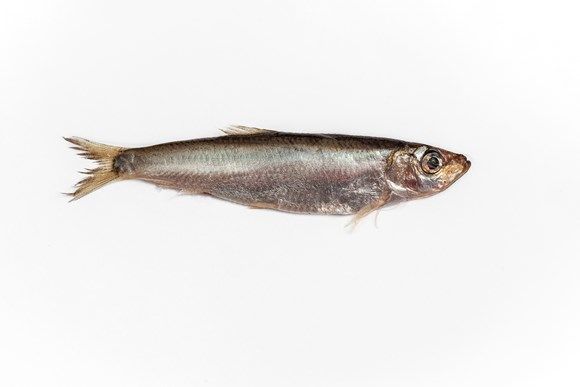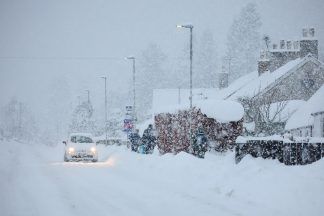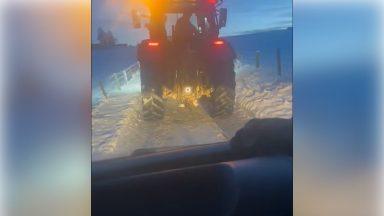Small fish that live in open water have returned to the Clyde in huge numbers, according to a new study.
It found that sprat – a fish which is food for many other marine species – has increased its numbers 100-fold since the late 1980s.
The findings were highlighted by scientists at the University of Aberdeen in the study funded by the Marine Alliance for Science and Technology Scotland (MASTS).
The Clyde was once a thriving marine ecosystem with large fisheries for herring and other species such as cod and haddock.
“The Clyde’s marine ecosystem is faring better than previously thought, despite centuries of overexploitation.”
Dr Joshua Lawrence
In recent decades however, these fisheries have disappeared, largely due to overexploitation in the latter part of the 20th century.
The Aberdeen-led study, published in the journal Current Biology, has now shown that although herring are still present, populations of sprat, a related species, are now 100 times more numerous.
There is a combined total biomass (or weight) of herring and sprat now almost four times the size it was in the late 1980s, which was the last time they were measured.
Dr Joshua Lawrence, who led the study, expressed his surprise at the results.
“The Clyde is famous for its herring, but although there has been virtually no fishing pressure on herring in over 20 years, it is the sprat population that has bounced back, not the herring,” he said.
“We can only speculate as to why this has happened – perhaps it is the warming seas, which may favour the sprat, or their more favourable reproduction strategy, as herring need particular gravel beds to spawn, whereas sprat do not.
“We also found a large concentrations of krill in the Clyde – a major food source for the fish and for other larger animals such as minke whales which are known to visit the area.
“So there are large populations at various levels of the marine food chain, which tells us that the Clyde’s marine ecosystem is faring better than previously thought, despite centuries of overexploitation.”
“A sprat fishery could operate, but perhaps a more sustainable and more lucrative opportunity could present itself through whale watching.”
Professor Paul Fernandes
Professor Paul Fernandes, a fisheries scientist at the University’s School of Biological Sciences, who supervised the study, said: “Sprat form a critical part of the marine food chain, and are vital for other larger fish such as cod and whiting, as well as other animals further up the food chain such as seabirds, whales, dolphins, and sharks.
“It is fantastic to see these parts of the food chain recover. This should, in time, lead to recovery of the populations of the larger animals that feed on them.”
Fernandes suggested that the potential operation of a sprat fishery could present an opportunity through whale watching.
He explained: “A sprat fishery could operate, but perhaps a more sustainable and more lucrative opportunity could present itself through whale watching.
“There have been anecdotal reports of more whales and dolphins appearing in the Clyde; and in a related study, we detected large numbers of porpoises in the area.
“As these whale populations themselves recover, they may find their way into these rich feeding grounds, much as they once did, and I am sure people would pay to see them, as they do in other parts of the world where marine ecosystems have recovered.
“The key will be to do this responsibly to ensure a long-term future for the Clyde’s historic seafaring community.”
Follow STV News on WhatsApp
Scan the QR code on your mobile device for all the latest news from around the country


 Aberdeen University
Aberdeen University

























